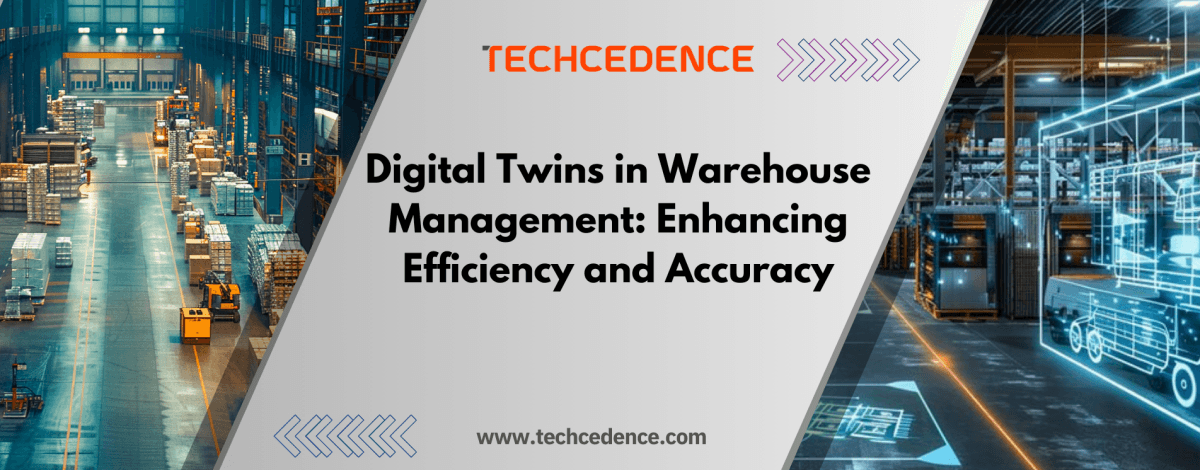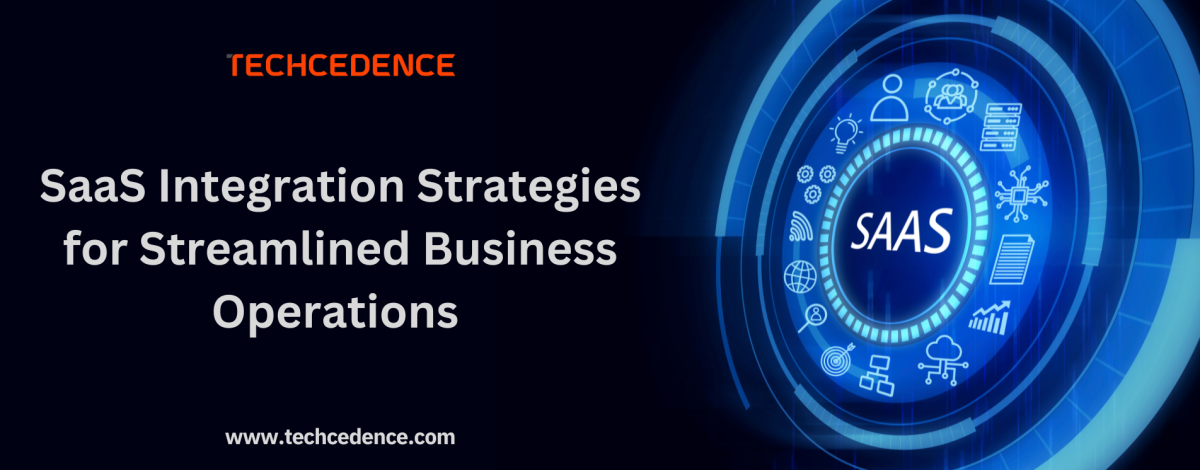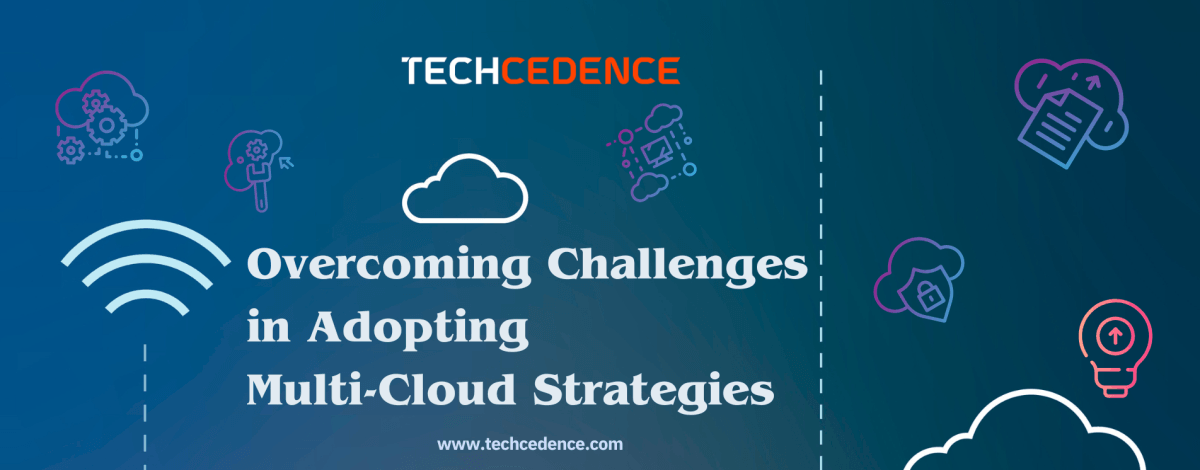Field sales operations are essential for boosting revenue, but numerous organizations face challenges related to inefficiencies, the absence of real-time insights, and unorganized sales methodologies. With increasing competition, businesses need to implement more intelligent, data-informed solutions to optimize their return on investment (ROI) and speed up growth.
Modern field sales management applications leverage automation, predictive analytics, and AI-driven insights to optimize sales cycles, enhance customer engagement, and improve team productivity. These solutions eliminate bottlenecks, streamline workflows, and provide real-time access to critical data, enabling sales teams to close deals faster and with greater efficiency.
The Challenges of Traditional Field Sales
Despite being a crucial driver of revenue, traditional field sales operations often suffer from inefficiencies that hinder growth and profitability. Many businesses still rely on outdated methods, manual processes, and disconnected systems, leading to several challenges that impact performance and ROI.
Lack of Real-Time Data and Poor Visibility
One of the biggest hurdles in traditional field sales is the absence of real-time data. Sales managers often lack instant access to key insights, such as sales performance, customer interactions, and inventory levels. Without real-time visibility, decision-making becomes reactive rather than proactive, leading to missed sales opportunities and inefficient resource allocation.
Inefficiencies in Manual Processes and Outdated Reporting
Conventional sales teams often rely on spreadsheets, notes written by hand, and slow reporting systems to monitor sales activities. These antiquated approaches raise the likelihood of mistakes, hinder efficiency, and complicate the analysis of sales performance. Entering data manually also takes up precious time that could otherwise be used to interact with potential clients and finalize sales.
Challenges in Territory and Sales Rep Management
Managing a geographically dispersed sales team requires seamless coordination, clear sales territory assignments, and efficient routing. Without the right tools, businesses struggle with sales rep accountability, overlapping territories, and inconsistent customer engagement. This leads to wasted time, increased travel costs, and uneven distribution of sales efforts, ultimately affecting overall revenue.
Missed Opportunities Due to Slow Decision-Making and Delayed Follow-Ups
Traditional field sales teams often face delays in decision-making because of slow information flow and lack of automation. Without instant access to customer history, sales insights, or pricing details, representatives may take longer to respond to leads, reducing the likelihood of conversions. Delayed follow-ups further weaken customer relationships and result in lost sales opportunities.
Key Features of Smart Field Sales Solutions
Modern field sales solutions leverage advanced technology to eliminate inefficiencies, boost productivity, and maximize revenue. By integrating automation, real-time data, and AI-driven insights, these solutions provide businesses with the tools needed to optimize their sales operations.
Real-Time Sales Tracking
Visibility into sales activities is essential for driving performance. Smart field sales solutions enable businesses to track sales representatives’ locations, activities, and interactions with customers in real-time.
- Monitor team movements to ensure optimal coverage.
- Gain instant insights into completed visits, sales closures, and pending follow-ups.
- Improve accountability and sales efficiency with data-driven performance tracking.
Automated Reporting & Analytics
Traditional reporting is often time-consuming and prone to human error. AI-powered sales solutions automate data collection and reporting, offering real-time analytics that help businesses make smarter decisions.
- Instant access to key sales metrics such as revenue, conversion rates, and customer engagement.
- Predictive insights to identify sales trends and opportunities.
- Customizable dashboards for sales teams to track individual and team performance.
Optimized Route Planning
Inefficient travel routes lead to wasted time, increased fuel costs, and fewer customer visits. Smart field sales solutions utilize AI-driven route optimization
- Minimize travel time by suggesting the shortest and most efficient routes.
- Ensure sales reps meet more clients within their assigned territories.
- Reduce operational costs while improving time management.
Seamless CRM Integration
Building strong customer relationships requires quick access to relevant data. Advanced field sales solutions integrate seamlessly with Customer Relationship Management (CRM) systems, allowing sales teams to:
- Access customer history, preferences, and past interactions instantly.
- Provide personalized recommendations and solutions.
- Streamline follow-ups and maintain consistent engagement with prospects.
Mobile-First Approach
Since field sales teams operate on the go, mobile accessibility is crucial. Smart field sales platforms prioritize a mobile-first design, ensuring
- Sales reps can access key sales tools anytime, anywhere.
- The interface is user-friendly and optimized for smartphones and tablets.
- Offline functionality allows data entry and updates even in low-connectivity areas.
Implementing Smart Field Sales Solutions: Best Practices
Successfully adopting a smart field sales solution requires a strategic approach to ensure seamless integration, optimal performance, and long-term business benefits.
Assessing Business Needs Before Adoption
Before investing in a field sales solution, businesses must evaluate their specific pain points and objectives.
- Identifying bottlenecks in current sales processes (e.g., inefficiencies in reporting, poor visibility into sales activities).
- Determining essential features such as route optimization, CRM integration, or real-time analytics.
- Understanding the scalability requirements to accommodate future business growth.
Conducting a thorough assessment ensures that the selected solution aligns with organizational goals and delivers maximum value.
Choosing the Right Technology
Not all field sales solutions are created equal. Selecting the right platform involves:
- Ensuring compatibility with existing business systems like ERP and CRM to facilitate smooth data flow.
- Prioritizing cloud-based solutions for flexibility, remote accessibility, and real-time updates.
- Evaluating security features to protect sensitive customer and sales data.
- Opting for a mobile-first platform to support on-the-go sales operations.
A well-integrated solution streamlines sales processes, improves efficiency, and enhances team collaboration.
Training Sales Teams for Smooth Adoption
Even the most advanced sales solution can fall short if sales teams are not properly trained.
- Conduct hands-on training sessions to familiarize sales reps with key features.
- Offer continuous support, including troubleshooting assistance and best practice guides.
- Encourage user feedback to refine workflows and improve usability.
Well-trained sales teams are more likely to leverage the full potential of the solution, leading to higher efficiency and better customer engagement.
Measuring Success Through Key Performance Indicators (KPIs)
Tracking performance post-implementation is crucial for assessing the impact of a field sales solution.
- Sales Performance Metrics – Conversion rates, revenue growth, and deal closures.
- Operational Efficiency – Reduction in administrative tasks, optimized routes, and time saved.
- Customer Engagement – Improved response times, personalized interactions, and satisfaction levels.
- Team Productivity – Activity tracking, time management, and goal achievements.
Regular performance evaluations help businesses refine their sales strategies and optimize the use of their field sales solution.
At Techcedence, we understand the critical role that innovative field sales technology plays in today’s business landscape. Our solution, TracSales, is designed to deliver the real-time insights, seamless integrations, and mobility that modern sales teams need to excel.
Conclusion
Modern field sales solutions are redefining how organizations approach revenue generation and customer engagement. By harnessing real-time tracking, automated reporting, and mobile-first technologies, businesses can overcome traditional sales challenges and transform their operations into streamlined, data-driven processes. These smart solutions not only enhance productivity but also empower sales teams to make faster, more informed decisions, ultimately maximizing ROI.
Implementing these technologies requires a thoughtful approach, from assessing business needs and selecting the right integrated platform to training teams and measuring success through key performance indicators. When executed effectively, smart field sales solutions drive operational excellence and set the stage for sustainable growth in an increasingly competitive market.









